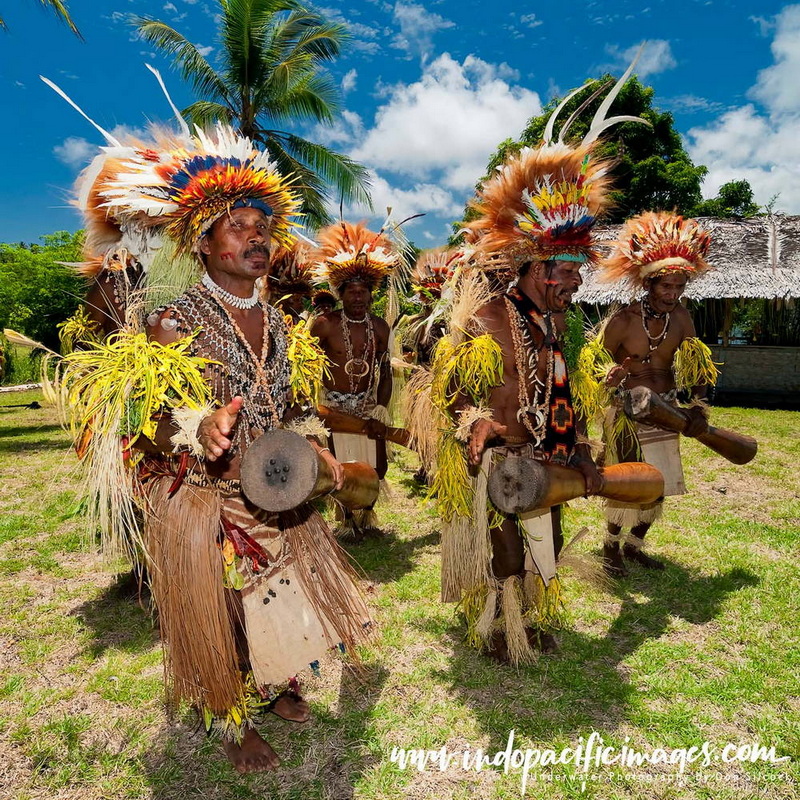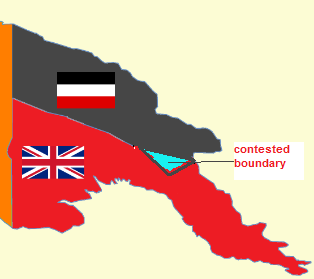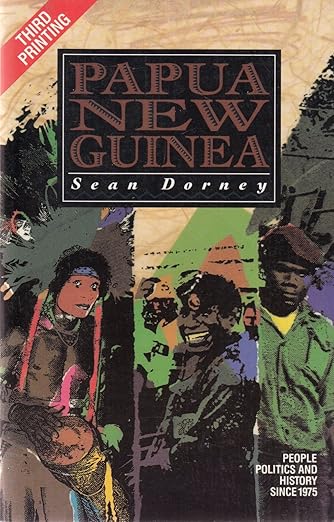Papua New Guinea 101… Truly one of the last great frontiers – a wild and adventurous destination with some incredible scuba diving and countless unique experiences waiting above the water.
It stands as one of the most heterogeneous countries in the world. Despite its modest population of aeound 8 million, PNG is home to over 850 languages and nearly 1,000 traditional societies and ethnic groups.
This extraordinary diversity stems from the country’s rugged and mountainous terrain. Isolated by geography, tribes and clans developed as a means of self-defense, resulting in thousands of distinct communities.
Low-level conflict between neighboring tribes was (and in some cases still is) a way of life.
As a result, each tribe typically confined itself to a well-defined area, giving rise to the incredible number of traditional societies and languages we see today.

This extraordinary diversity stems from the country’s rugged and mountainous terrain. Isolated by geography, tribes and clans developed as a means of self-defense, resulting in thousands of distinct communities.
Low-level conflict between neighboring tribes was (and in some cases still is) a way of life. As a result, each tribe typically confined itself to a well-defined area, giving rise to the incredible number of traditional societies and languages we see today.
Papua New Guinea 101 – Village Life
Even now, fewer than 20% of Papua New Guinea’s population resides in urban areas. The majority continue to live in traditional villages, relying on subsistence farming. Many of these communities lack access to electricity or running water, with “luxuries” like soap, cooking oil, and clothing still scarce.

A Brief History Lesson…
Papua New Guinea’s history stretches back over 50,000 years, with the first human settlers migrating from other parts of Southeast Asia. About 2,500 years ago, a significant migration of Austronesian speaking people further enriched the coastal regions of the country.
European exploration of New Guinea began in the 16th century, driven by the search for spices in Southeast Asia. However, these early expeditions were largely limited to the coastal areas. As the island’s rugged and mountainous interior proved too formidable for serious exploration.
The indigenous Melanesian population was named “Papuan” by Spanish explorer Don Jorge de Meneses. The term derives from the Malay word pepuah, meaning “frizzy hair,” a reference to the physical traits of the local people. Later, Spanish explorer Yñigo Ortiz de Retez named the island Nueva Guinea (New Guinea) after observing a resemblance between its inhabitants and those of the Guinea coast in Africa.

Serious colonization of the area that now forms the country of Papua New Guinea started back in the 1880’s.
The northern half becoming German New Guinea and the southern half became British New Guinea. The Germans were motivated by the copra trade and coconut oil, while the British just wanted to keep the Germans away from Australia…
In 1906 British New Guinea became the Territory of Papua, when Britain ceded it’s administration to the newly independent Australia.
When WW1 started Australia moved quickly to invade and seize control of German New Guinea. Ultimately Australia was given formal control by the League of Nations in 1920.
Papua New Guinea 101: Australian Colonial Rule
During WWII the Japanese invaded Rabaul in January 1942. In response the territories of Papua and New Guinea were merged and administered as a single colony by Australia.
After the war Australia remained in control of the country until full independence was granted in September 1975.
While visiting Papua New Guinea it’s very easy to get the impression that it was “happy days” all round during colonial rule. Australia would appear to have ruled with great wisdom and generosity.
As a result, many older local people who experienced those times will tell you that it was much better back then… ‘Gut taim bipo’ (good times before).
The truth is that PNG was just not ready for independence in 1975. Many of the problems that plague the country to this day, can be traced back to the rushed nature of that transition.
Here is the link to an excellent paper called “Why is Papua New Guinea so Hard to Govern“. The paper was given by the widely respected journalist, the late Sean Dorney, to the Australian Institute of International Affairs in November 1999.
While the paper is 25 years old now, it’s content is still relevant and very useful.

Especially so when trying to understand the complex (almost mystifying…) nature of Papua New Guinea. Furthermore Sean Dorney’s book Papua New Guinea – People, Politics and History since 1975 is also very good reading. Particularly if you are looking for a deeper understanding of the very complex domestic issues effecting the country.
Back To: Understanding Papua New Guinea
